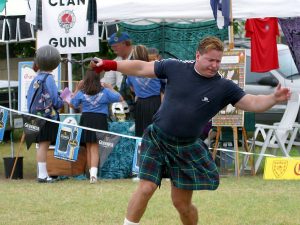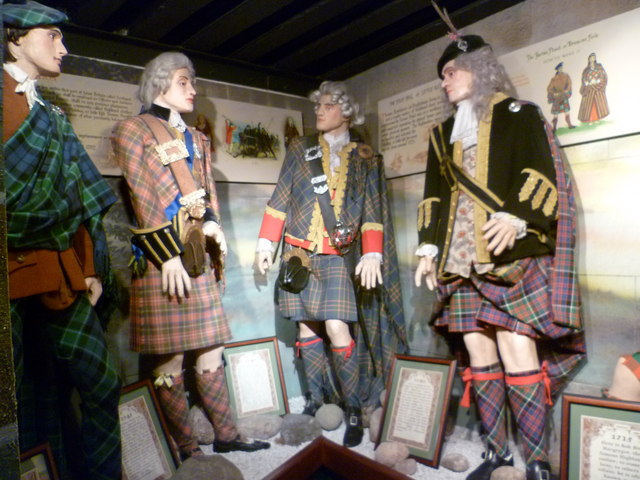The Scottish Athletics
Highland games are the Scottish way to celebrate the Celtic culture twice a year, in spring and summer. Some of the athletic performances have become emblematic: the bagpipes, the kilt, the caber toss and other events. Its history goes back to the 11th century, when King Malcolm III of Scotland organized a race to find the fastest runner and hire him to be his royal messenger.
events. Its history goes back to the 11th century, when King Malcolm III of Scotland organized a race to find the fastest runner and hire him to be his royal messenger.
Nowadays, the rules include a few standard competitions for a highland game to take place.
- The caber toss consists of a tapered pine pole held in the hands by a running athlete. He holds it by the smaller end and has to balance and throw it in such a way that it turns in the air and hits the ground in a 12 o’clock position.
- Stone put is about a 20 – 26 lb stone (for men) or 13-18 lb stone (for women) that has to be thrown with a specific technique, glide or spin, as far as possible. There are variables of this competition, when the athlete is allowed to use a throwing style or when he or she has to deliver it from a standing put.
- Scottish hammer throw refers to a round metal ball attached to a wooden shaft that eventually is whirled around the athlete’s head and thrown over the shoulder. The thrower has to wear special footwear, with flat blades that dig into the turf and makes him resist the centrifugal forces and maintain his balance.
- Weight throw is divided into light and heavy assignments. The weights have a handle attached with a chain and have to be thrown with a single hand.
- Maide Leisg, or lazy stick, tests the strengths of two athletes sitting on the ground. They press their feet soles against each other and pull a stick against each other. The one raised from the ground is the looser.


